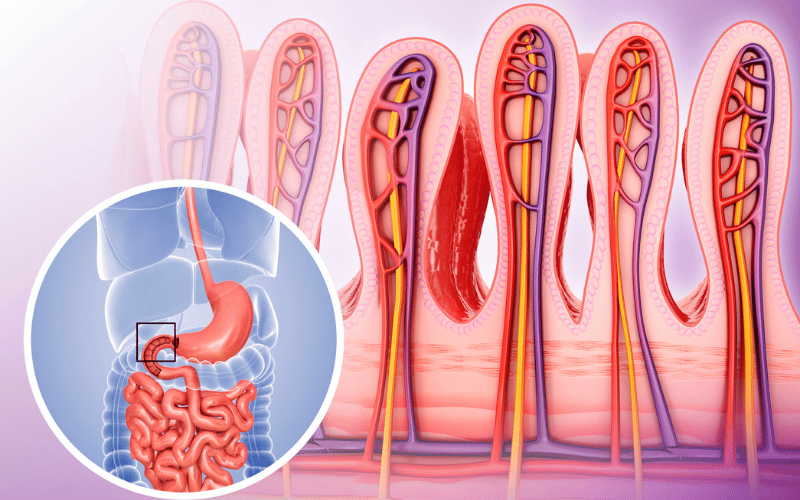Fact 4: Spotlight on the Small Intestine

Central to the digestion and absorption process, the small intestine is a vital organ, often underestimated. Spanning about 20 feet in length, this tubular structure is where the majority of nutrient absorption happens. The efficient design ensures every morsel we consume is broken down, and vital nutrients extracted for body functions.
Comprising three sections, the duodenum, jejunum, and ileum, each has a distinct role. The duodenum is like the receptionist, receiving food broken down by stomach acids. The jejunum steps in next, absorbing carbohydrates and proteins. The ileum, at the tail end, is responsible for vitamin B12 absorption and bile salts, crucial for fat digestion.
On closer inspection, the inner walls of the small intestine have finger-like projections known as villi. These increase the surface area, allowing optimal absorption. On these villi sit even tinier hair-like structures called microvilli. Their primary job? To absorb digested nutrients, passing them into the bloodstream, where they’re transported to cells in need.
Given its pivotal role, any damage or dysfunction within the small intestine invariably leads to malabsorption. Conditions like Celiac disease can flatten the villi, rendering them useless. Without these tiny structures functioning at their peak, nutrient absorption takes a significant hit, leading to a plethora of symptoms. (4)